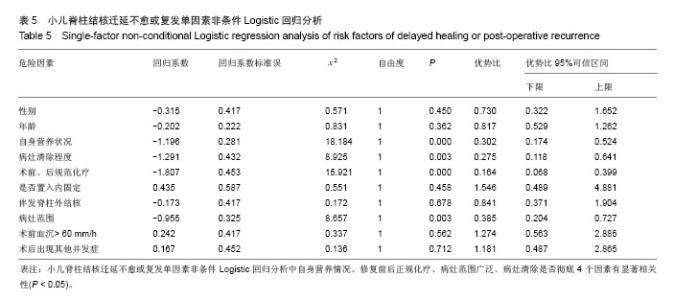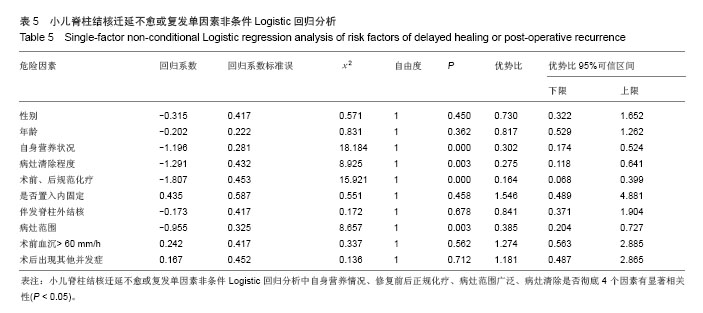Chinese Journal of Tissue Engineering Research ›› 2015, Vol. 19 ›› Issue (17): 2704-2710.doi: 10.3969/j.issn.2095-4344.2015.17.015
Previous Articles Next Articles
Delayed healing or post-operative recurrence in pediatric spinal tuberculosis: efficacy of individualized re-operation
Zhang Xiao-dong, Mardan•Mamat, Yakup•Abulizi, Ailixier, Sheng Wei-bin, Deng Qiang
- Department of Spinal Surgery, First Affiliated Hospital of Xinjiang Medical University, Urumqi 830054, Xinjiang Uygur Autonomous Region, China



